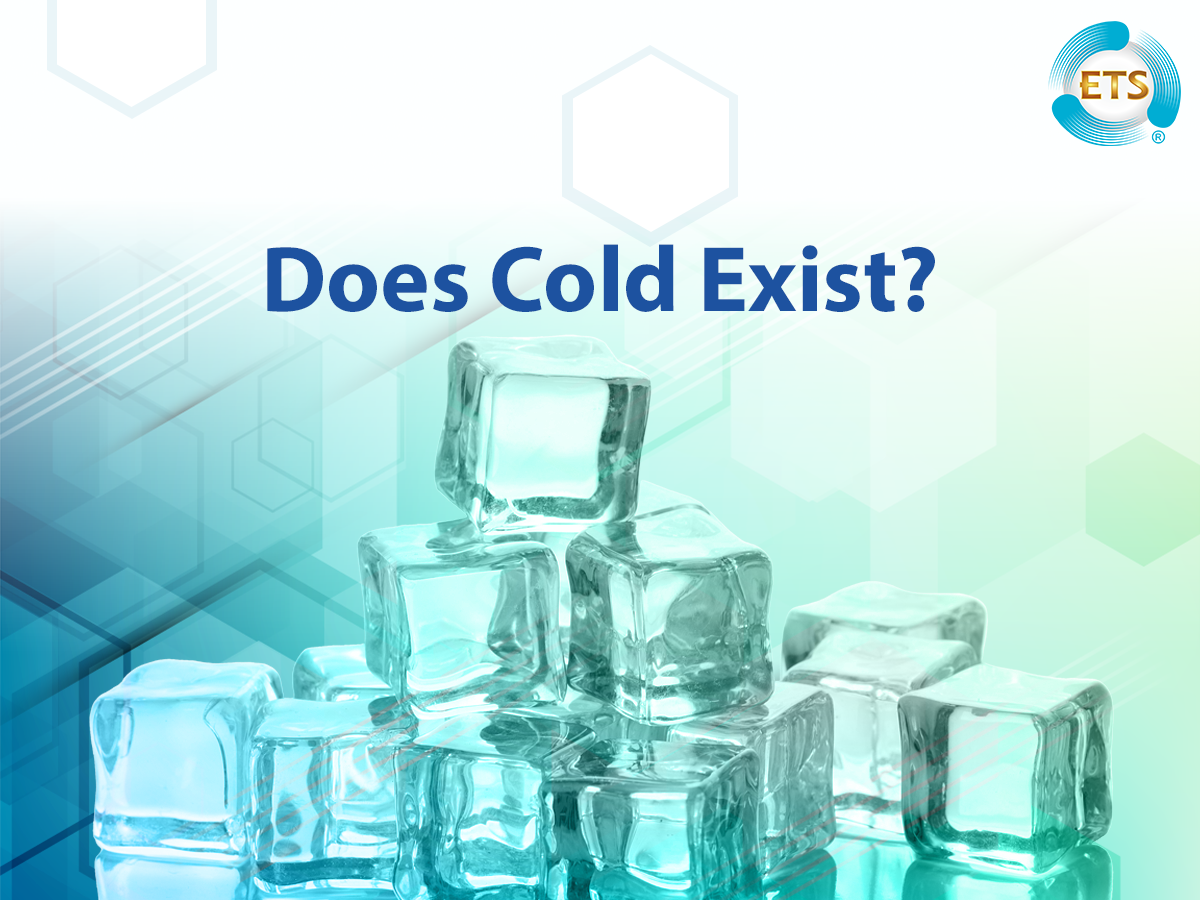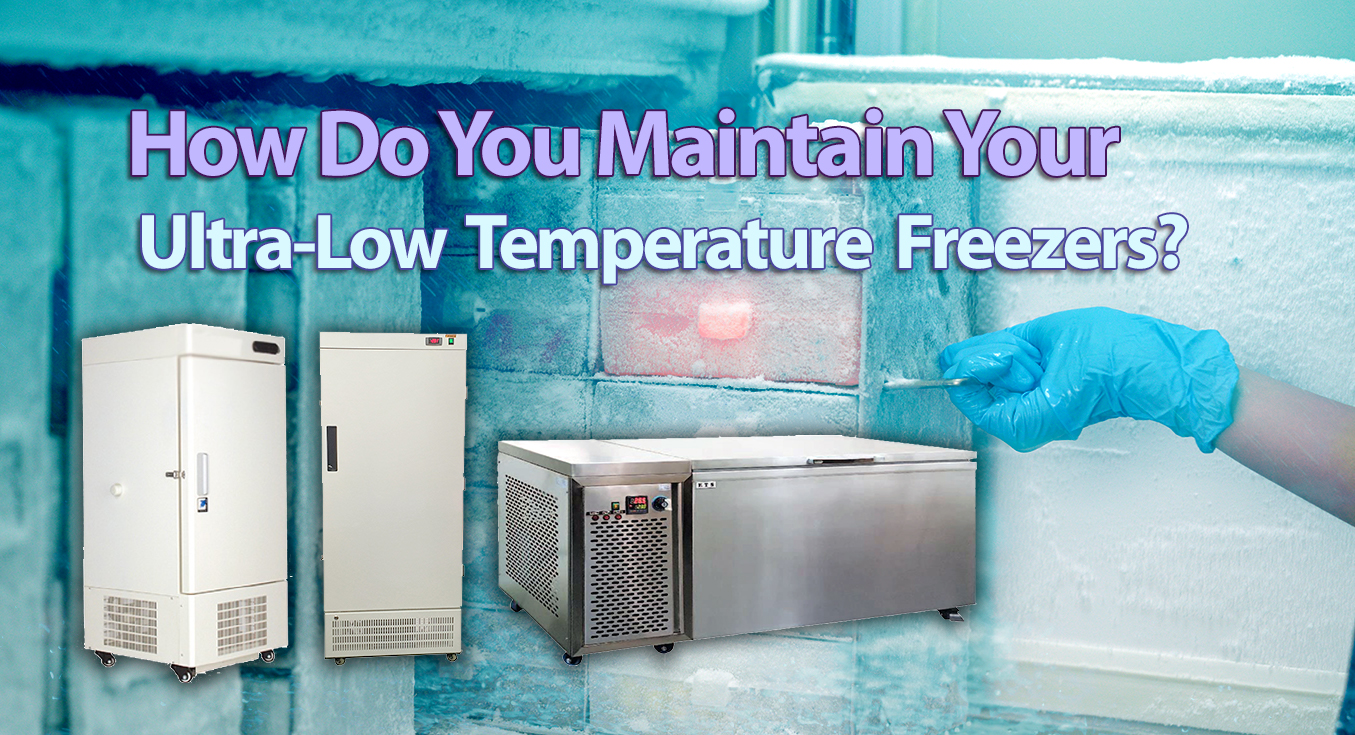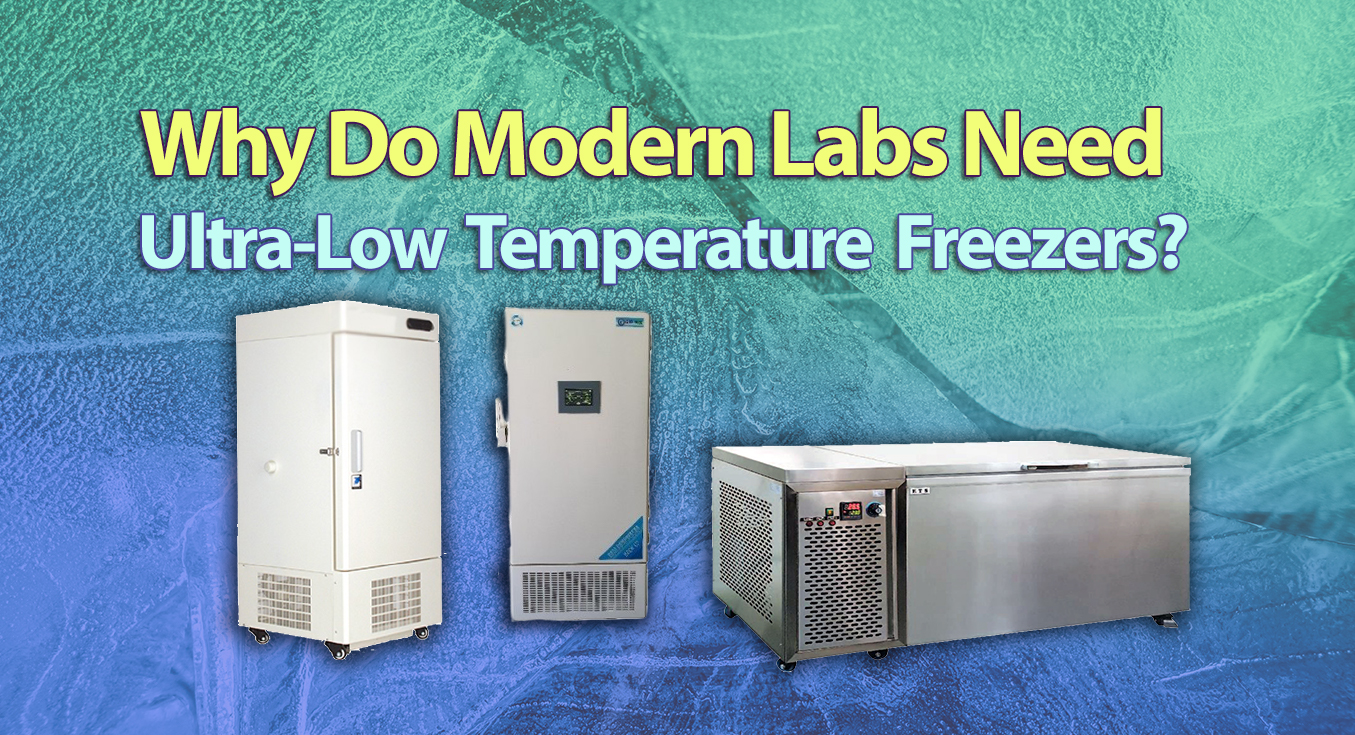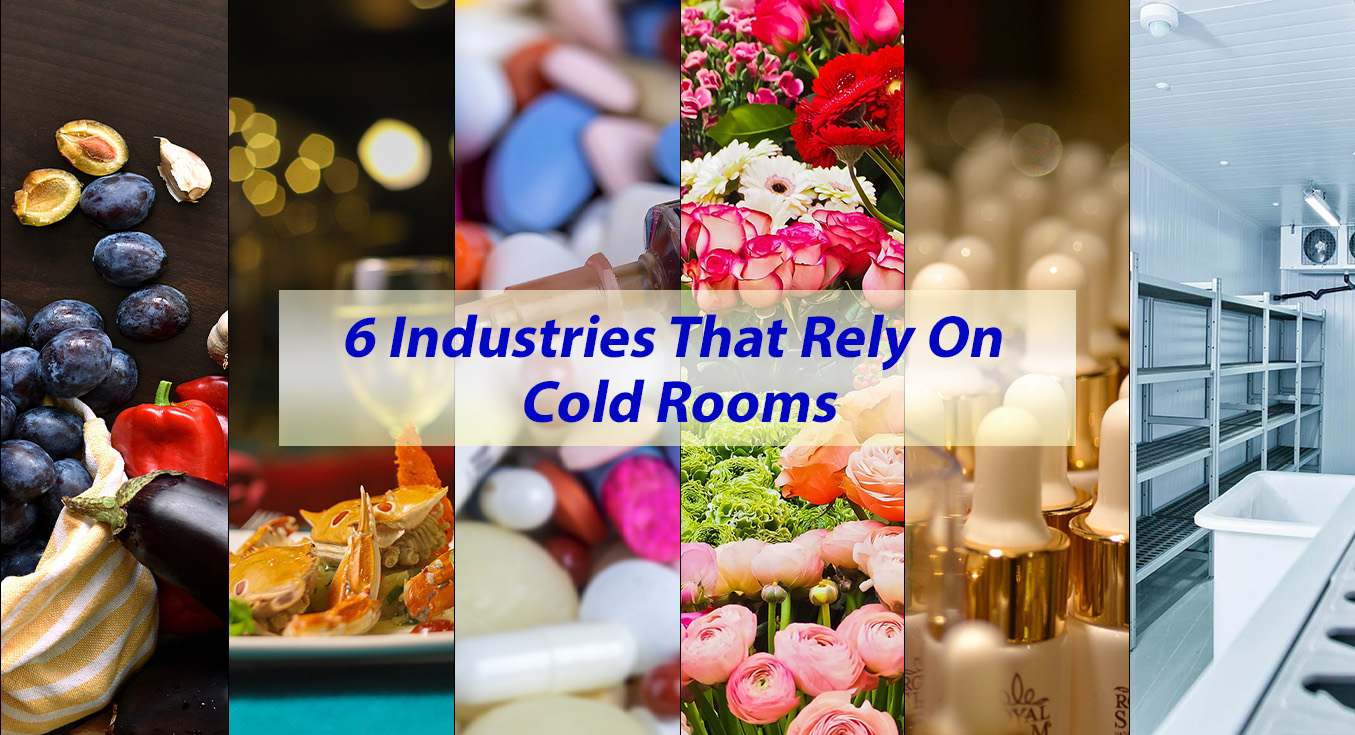When you think about the temperature of your lab refrigerator or ultralow temperature (ULT) freezer, the first word that pops into your mind is likely ‘cold.’ And indeed, refrigerators and freezers are designed to maintain a chilly environment.
However, it’s essential to note that these appliances don’t actually generate cold. In the realm of physics, ‘cold’ is simply the absence of heat. The less heat there is in a space, the cooler it feels.
Therefore, a refrigerator is essentially an environment with very little heat, and a ULT freezer takes it a step further with significantly less heat.
If you imagine an environment completely devoid of heat, you hit the jackpot: absolute zero (0 Kelvin or -273.15 degrees Celsius), the coldest possible temperature. At this point, all atoms and molecules come to a standstill, with zero kinetic energy.
With this perspective in mind, let’s uncover the accurate way to understand how refrigerators work.
The Magic of Refrigeration
Refrigerators and ULT freezers work their magic with the help of special substances known as refrigerants. These special substances play a pivotal role in cooling the contents inside these appliances.
As these refrigerants do their job, they absorb heat from the items inside the refrigerator, effectively lowering their temperature.
However, there’s a catch – in the process of cooling the interior, these refrigerants themselves absorb heat. Unfortunately, they can’t keep transferring heat indefinitely.
To keep the cooling process in full swing, the now-warmed-up refrigerant needs a way to shed that excess heat. And this is where the captivating duo of chemistry and physics takes center stage.
So What Actually Happens to Heat?
Delving into the realm of thermodynamics, we encounter two fundamental types of chemical reactions: exothermic and endothermic.
Let’s start with the spark of warmth – exothermic reactions. Picture lighting a match; as it’s struck against a rough surface, it ignites, producing a hot flame. It is this reaction that releases heat to the surroundings.
Now, on the flip side, we have endothermic reactions playing it cool. These reactions do the opposite; absorbing heat as they occur. This is precisely the mechanism at play when refrigerants do their job inside a ULT freezer – they expertly absorb heat from the environment, creating that chill we all appreciate.
Keeping the Cycle Going
Refrigerants have their limits when it comes to absorbing heat from their surroundings indefinitely. Eventually, they reach a point where they become warm and incapable of taking in any more heat.
To address this, refrigerants follow a continuous cycle of evaporation and condensation. In their liquid state, refrigerants excel at absorbing heat, undergoing evaporation and transforming into a gas. This evaporation process, being endothermic, is what cools down the interior of the refrigerator cabinet.
Once in a gaseous state, refrigerants need to return to liquid form for the cooling process to persist. The condensation phase, being exothermic, releases heat into the environment. This is why the top and rear of a refrigerator feel warm – it’s the result of the condensing refrigerants radiating heat into the surrounding air.
This cycle of evaporation and condensation repeats multiple times, enabling refrigerants to uphold the desired temperature inside the ULT freezer. In essence, the refrigerant diligently transfers heat from the inside of the freezer to the external environment, creating the ‘cold’ we feel inside.
LOOKING FOR COOLING OPTIONS
ETS offers a range of Pharmaceutical and Medical-Refrigerators to suit various requirements. For more information, check out our ETS Range here.
Drop us a line if you have questions.






